Imagine standing at 3,000 meters, the Parvati Valley unfolding like a dream, with a distant waterfall roaring and the promise of a warm dip in natural hot springs just steps away. That’s Kheerganga—a trek that feels like a love letter from the Himalayas. Last spring, I laced up my boots and set off on this adventure, and let me tell you, it’s more than a hike; it’s a journey that resets your soul. In this Kheerganga trek guide, I’m sharing every detail—from the trail’s magic to the best camping spots—so you can plan your own escape to this Himalayan gem in 2025.
Why Kheerganga? An Overview of the Trek
Tucked away at 2,950–3,050 meters in Himachal Pradesh’s Parvati Valley, Kheerganga is a trek made for dreamers. It’s not just the hot springs or the jaw-dropping views that draw people in; it’s the vibe of the journey itself. Pine forests, rushing rivers, and trails steeped in stories of Lord Shiva’s meditations—Kheerganga weaves nature and spirituality into something unforgettable.
What makes Kheerganga so special? It’s beginner-friendly, perfect for first-timers who want a taste of the Himalayas without needing pro-level skills. The mythology adds a spark—locals say Shiva meditated here for 3,000 years, and the Kartikeya temple feels like a quiet nod to that legend. Add the hot springs, the Parvati Valley’s postcard-worthy vistas, and the chance to camp under a starry sky, and you’ve got a trek that’s as soulful as it is scenic.
I’ll never forget my night at Kheerganga, huddled by a campfire with fellow trekkers, swapping stories over steaming chai. The stars were so bright it felt like the sky was putting on a show just for us. That’s the kind of magic Kheerganga delivers—moments that linger long after you’ve packed up your tent.
Trek Details: Navigating the Kheerganga Trail
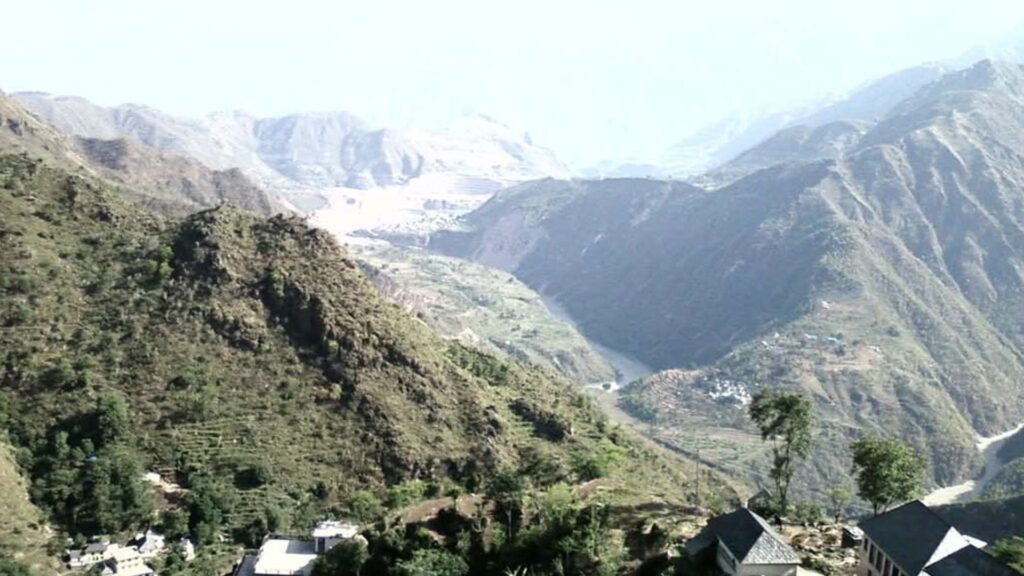
The Kheerganga trek is a 12–13 km one-way journey from Barshaini, the base village, to the Kheerganga meadow. It takes about 5–6 hours to climb, depending on how often you stop for photos (and trust me, you’ll stop a lot). The descent is quicker, around 4–5 hours. Rated easy to moderate, the trail has a steady incline that’s manageable for most fit beginners. No technical skills are needed, but watch for slippery patches, especially after rain.
You’ve got three routes to choose from, each with its own flavor:
- Nakthan Route: The shortest and most popular, hugging the Parvati River. It’s dotted with cozy cafes serving Maggi and chai. I took this route, and the river’s sparkle kept my spirits high.
- Kalga Route: Quieter, shadier, and a bit longer, passing through Kalga village. It’s perfect for those craving solitude. A fellow trekker I met raved about its peaceful forests.
- Tosh Route: Starts in Tosh village and merges with the Nakthan route. Ideal if you’re chilling in Tosh’s hippie cafes before the trek.
My group chose the Nakthan route, and it was like walking through a postcard. The trail kicks off with a gentle climb through pines, crosses wooden bridges over streams, and passes the Rudra Nag waterfall—a perfect pitstop for a breather. The last 2 km get steeper, but when you hit the Kheerganga meadow, with its green carpet and misty peaks, every step feels worth it.
Preparing for Your Kheerganga Trek
Timing is everything for Kheerganga. The best time to visit is March to June and September to November. Spring paints the valley with rhododendrons and clear skies, while autumn brings crisp air and vibrant views. I trekked in April, and the weather was perfect—cool mornings, warm days, and starry nights. Skip the monsoon (July–August) due to slippery trails and landslides, and winter (December–February) unless you’re ready for snow and chilly campsites.
Packing Tips
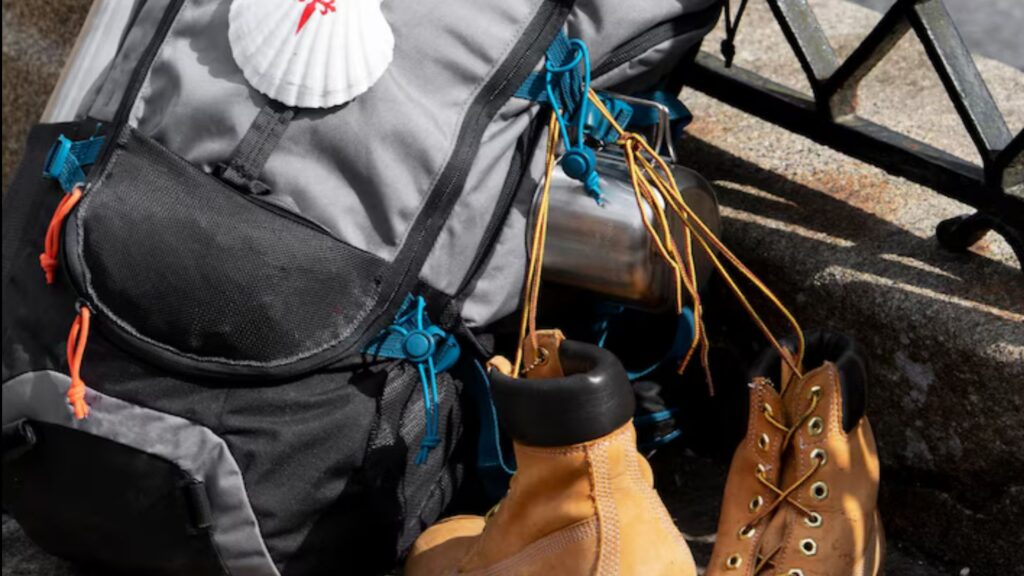
Here’s what I packed for a 2-day trek with camping:
- Clothing: Layers are key. A moisture-wicking base layer, fleece jacket, and waterproof windcheater. Nights dip to 5–10°C, so toss in a warm cap and gloves.
- Footwear: Trekking shoes with solid grip are a must. My high-ankle boots saved me on rocky stretches.
- Camping Gear: A lightweight tent, sleeping bag (rated for 0–5°C), and sleeping mat. Many campsites offer rentals, but I brought my own for comfort. For more gear tips, check out resources like Bharat Bhraman Life, which has great guides for trekkers.
- Essentials: A 30–40L backpack, 2L water bottle, snacks (nuts, energy bars), sunscreen, sunglasses, and a first-aid kit.
- Extras: A portable charger (no power at Kheerganga), a journal for scribbling thoughts, and a camera for those unreal views.
Permits
No permits are needed for Kheerganga as of 2025—score! But double-check with local authorities in Barshaini for any new rules, especially about camping or eco-regulations. Staying updated keeps the trail pristine for everyone.
Highlights of the Kheerganga Trek
Kheerganga is packed with moments that make you stop and stare. Here’s what stole my heart:
- Hot Springs: The ultimate reward. After 6 hours of trekking, slipping into the warm pools (35–40°C) felt like a hug from the mountains. There are separate pools for men and women, and the steam rising against snowy peaks is pure magic.
- Shiva Temple: A tiny, ancient temple near the springs, tied to Shiva’s meditation legend. It’s a serene spot to pause and soak in the vibe.
- Rudra Nag Waterfall: Halfway up the Nakthan route, this waterfall is a showstopper. I filled my bottle with its icy water and let the mist cool me down.
- Parvati Valley Views: The Kheerganga meadow offers 360-degree views of peaks like Rudra Nag and Pin Parvati. At sunset, the sky glows pink and gold—perfect for photos or just sitting in awe.
Camping at Kheerganga was the cherry on top. We pitched our tents in the meadow, cooked noodles on a portable stove, and gathered around a bonfire. The stars were so bright I could barely sleep, and the Parvati River’s hum was like a lullaby. Finding a flat spot away from the springs made our campsite feel like our own little slice of paradise.
Travel Logistics: Kheerganga Trek Guide
The trek starts in Barshaini, a small village 16 km from Kasol. Here’s how to get there:
- From Delhi: Grab an overnight Volvo bus (12–14 hours, ~₹800–1,500) from ISBT Kashmiri Gate to Bhuntar or Kasol. I booked via RedBus and found it comfy. From Bhuntar, take a taxi or local bus to Barshaini (2–3 hours, ~₹300–500).
- From Bhuntar Airport: Kullu-Manali Airport in Bhuntar is 32 km from Kasol. Taxis to Barshaini run ~₹1,500–2,000.
- From Kasol: Barshaini is a 45-minute drive. Local buses are cheap (~₹50), or hire a taxi (~₹500–800). I spent a night in Kasol, vibing at its cafes, before heading out.
In Barshaini, the trail begins near the Parvati River bridge. Park your vehicle (if driving) and start trekking. If you’re in Tosh or Kalga, you can start from there, but Barshaini is the main hub. For more on Kasol, check out our Kasol travel guide.
Tips for a Safe & Memorable Trek
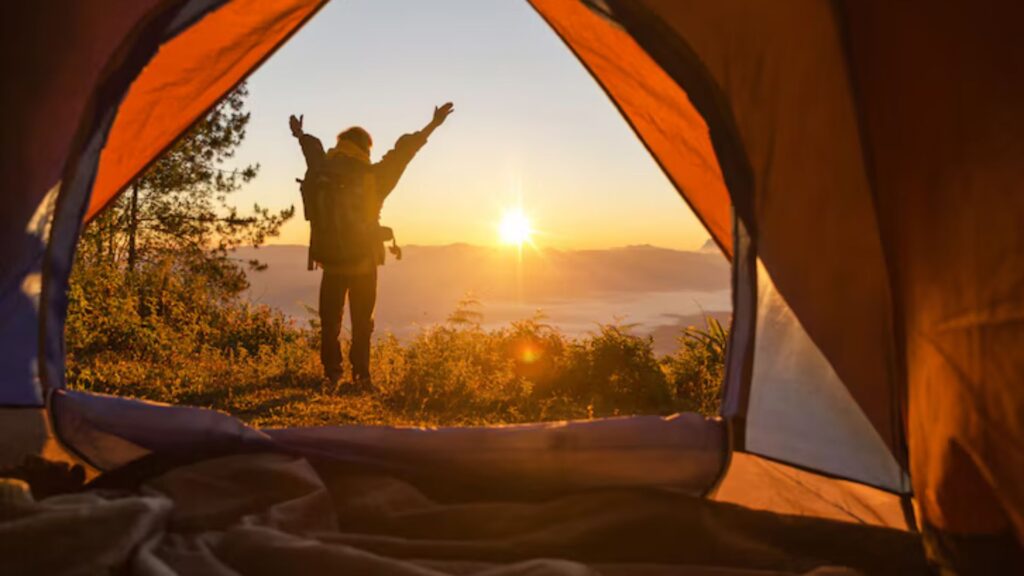
- Safety First: Trek in a group or with a guide if you’re new. The trail is clear, but fog can roll in. Carry a whistle and flashlight for emergencies.
- Respect Local Culture: Kheerganga is sacred. Dress modestly near the temple and springs, and keep music low to honor the peace.
- Avoid Crowds: Weekends and peak seasons (April–May) get busy. Go midweek or start early for quieter trails and campsites.
- Leave No Trace: Littering is a problem at Kheerganga. I carried a trash bag and disposed of it in Kasol. Let’s keep the valley pristine.
- Camping Etiquette: Pick a flat spot away from the springs to protect the water. Keep noise down, as sound travels in the valley.
One lesson I learned: don’t skimp on a warm sleeping bag. My first night was chilly until I borrowed a blanket from a campsite. Double-check your gear to stay cozy.
Visuals: Kheerganga in All Its Glory
Picture this:
- The Trail: Dirt paths and stone steps winding through pines, with the Parvati River glinting below.
- Rudra Nag Waterfall: A 50-foot cascade crashing onto rocks, sending up a refreshing mist.
- Hot Springs: Steamy stone pools framed by meadows and peaks, perfect for a post-trek soak.
- Campsites: Colorful tents scattered across the meadow, with bonfires glowing under a star-strewn sky.
For maps, check OpenStreetMap or Himachal Tourism for trail guides. Kheerganga’s beauty is hard to capture, but it’s even better in person.
FAQ: Your Kheerganga Trek Questions Answered
Is the Kheerganga trek safe for beginners?
Yes, it’s beginner-friendly with a clear trail and moderate climb. Stick to the path and trek with a buddy for extra safety.
How to prepare for the Kheerganga trek?
Do light exercise (walking, stairs) 2–3 weeks prior. Pack warm layers, good shoes, and snacks. Check out this prep guide for more.
What’s the best time for the Kheerganga trek?
March–June and September–November. April and October are ideal for clear views and mild weather.
Can I camp at Kheerganga?
Definitely! The meadow is perfect for tents, and campsites offer rentals with food and bonfires. Bring your own gear for freedom.
What’s a good Kheerganga trek itinerary?
Day 1: Reach Barshaini, trek to Kheerganga (5–6 hours), camp. Day 2: Soak in the springs, explore, trek down (4–5 hours).
What should I expect on the Kheerganga Trek Guide?
Stunning views, a moderate hike, and a mix of trekkers. The hot springs and starry nights are highlights, but pack for cold evenings.
Wrapping Up: Your Kheerganga Adventure Awaits
Kheerganga isn’t just a trek—it’s a story you’ll tell forever. From the first step in Barshaini to the moment you sink into the hot springs, every moment feels like a gift. My night camping under the stars, with the valley’s whispers and a crackling bonfire, was pure magic. Whether you’re a solo explorer, a group of friends, or a family chasing adventure, Kheerganga delivers.
Ready to make it happen? Dive into our Kasol travel guide or Parvati Valley treks for more inspiration. For official info, check Himachal Tourism. Pack your bags, grab your boots, and let Kheerganga work its wonders in 2025.
Got questions or stories? Share them below, and let’s keep the trekking spirit alive!
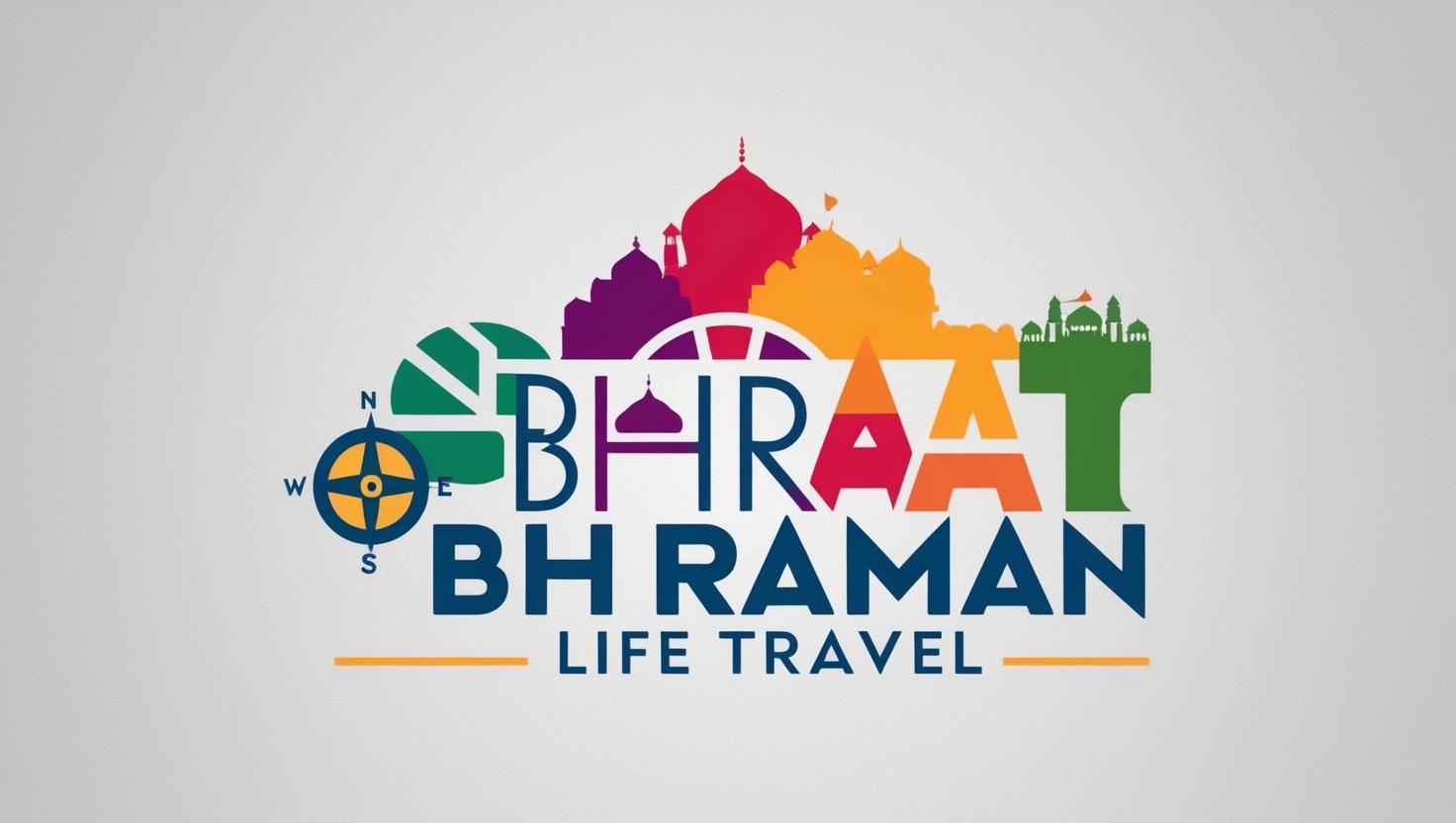
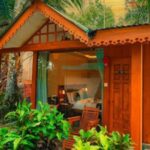
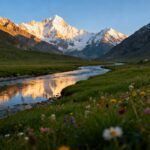
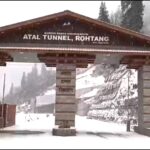
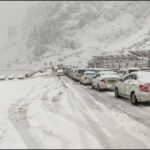
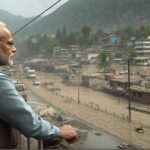
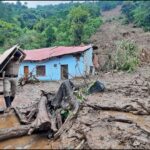
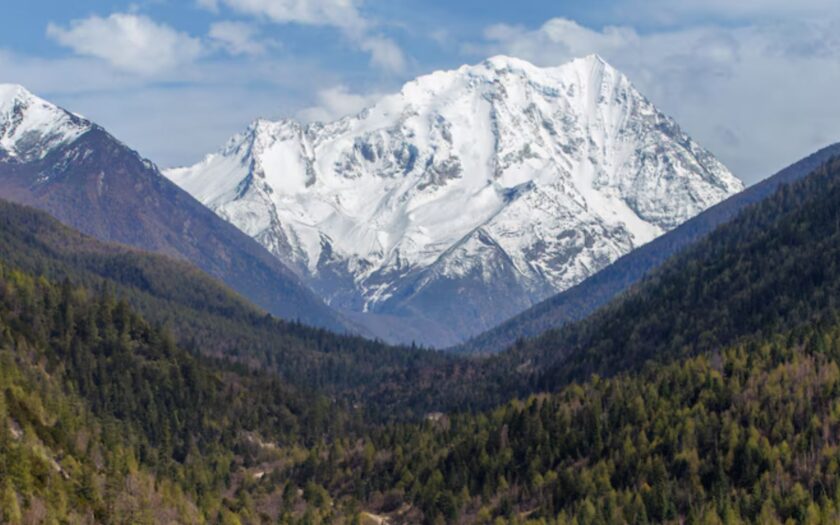
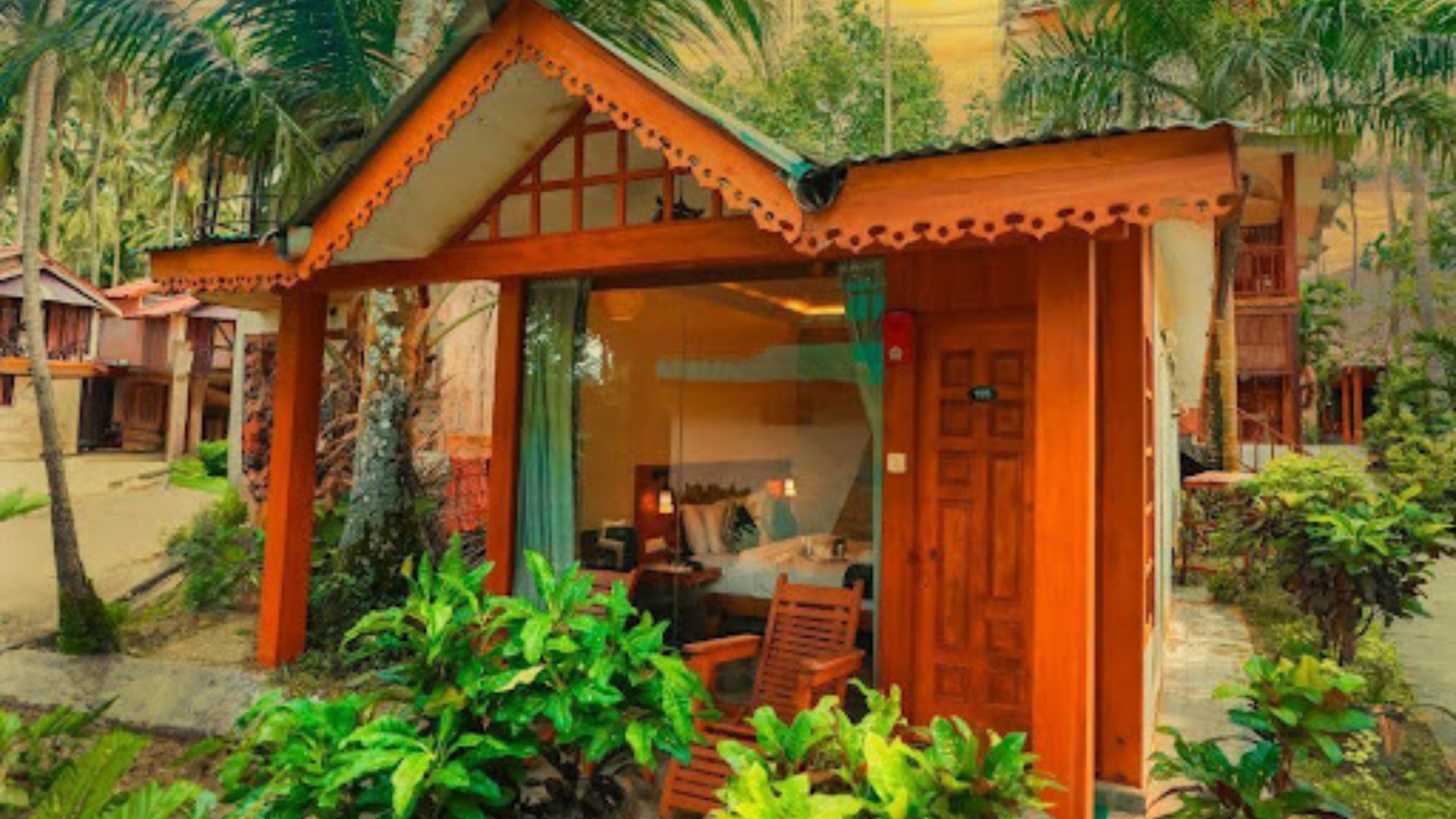
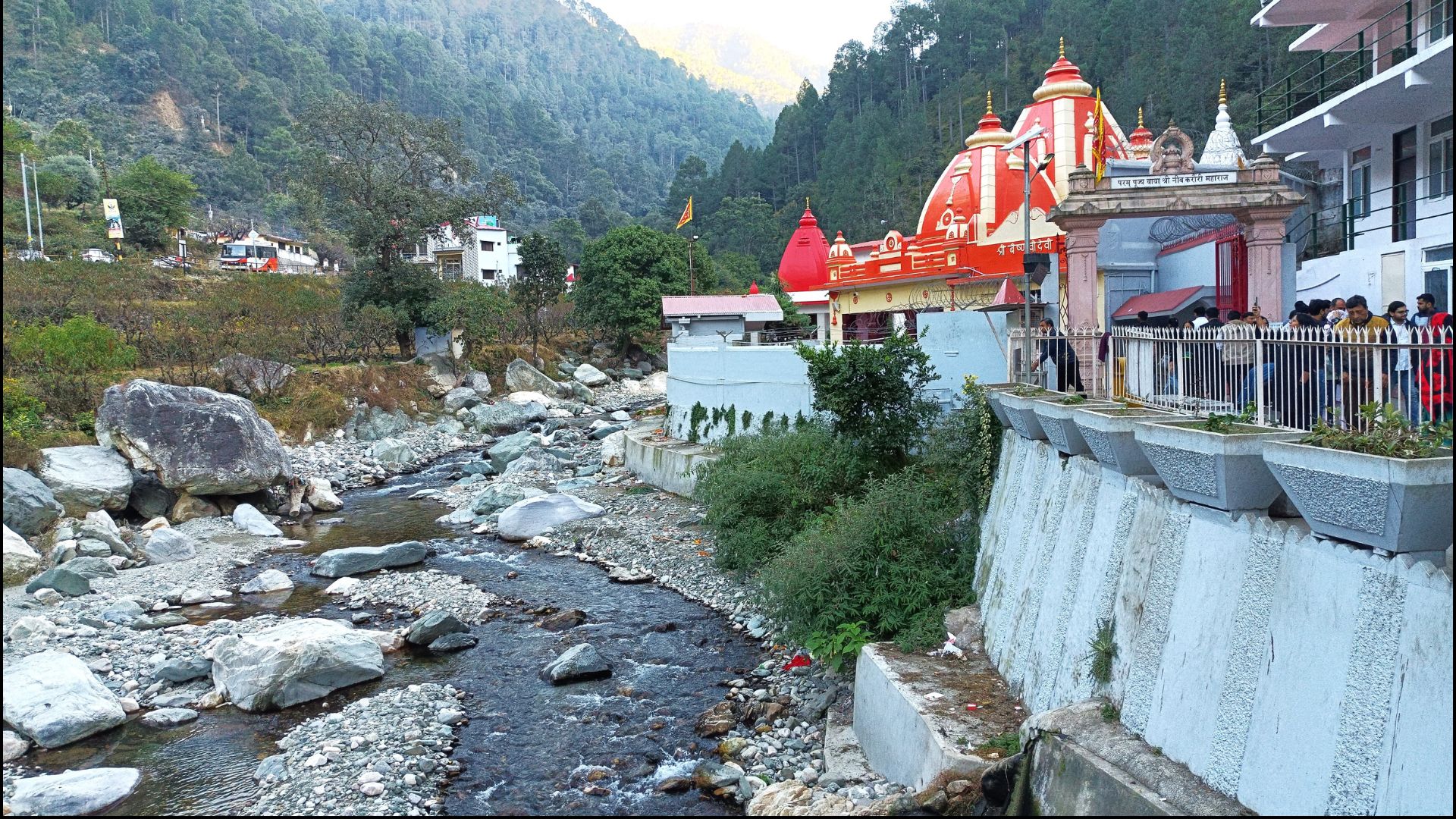
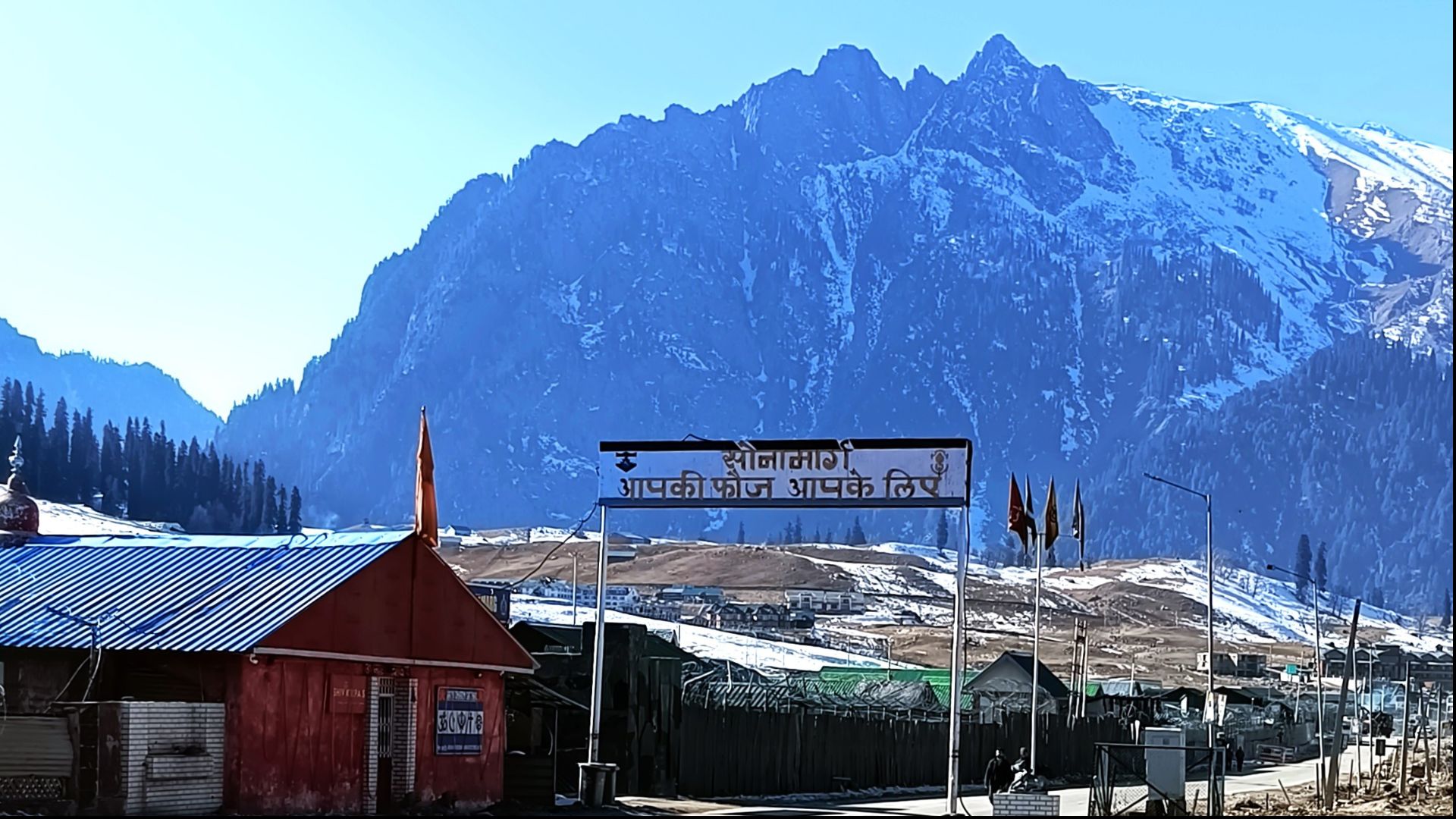
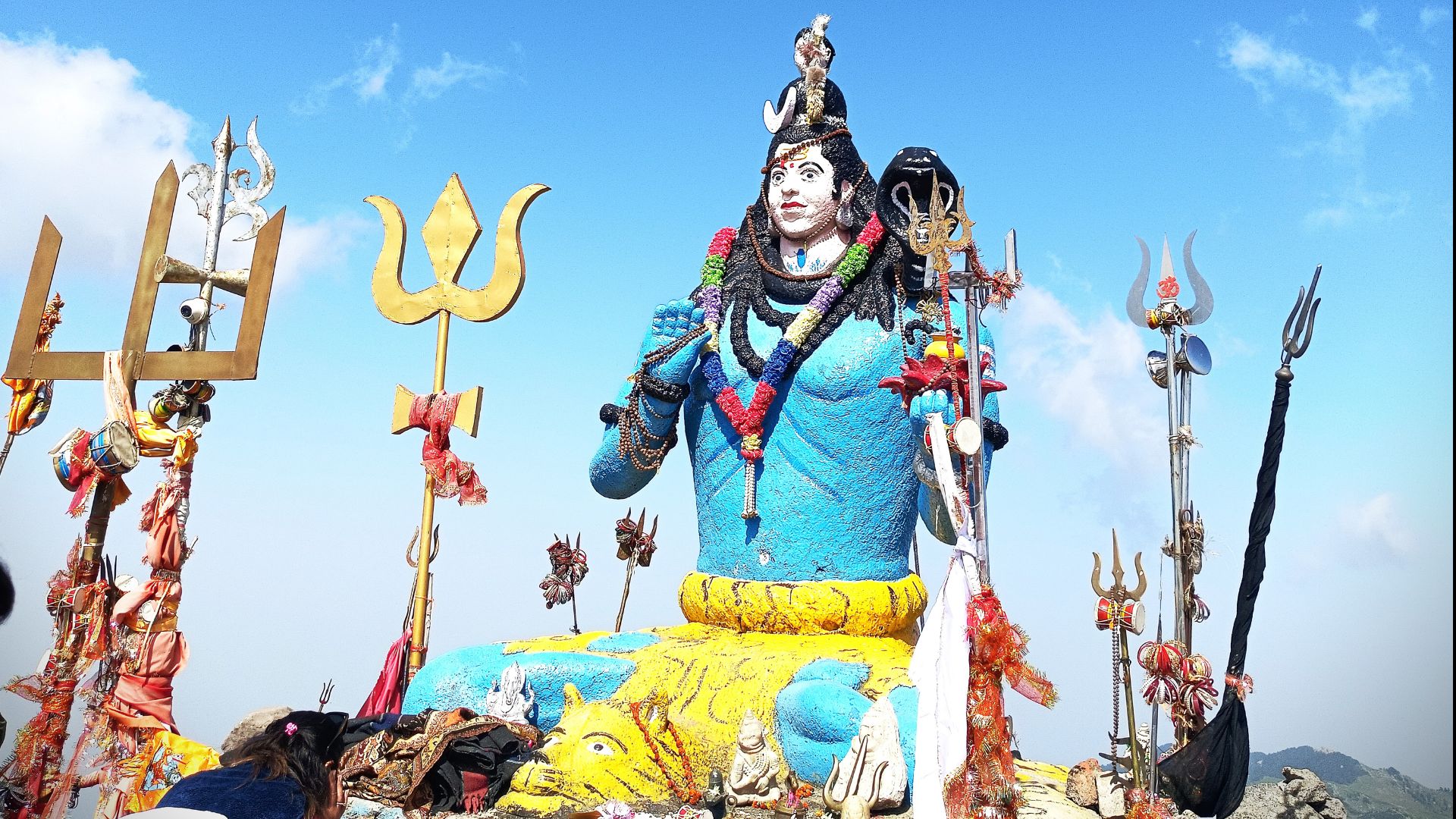
I visit your blog because of you are guiding well, at least I get a chance to see the beauty of nature and the beauty of my India